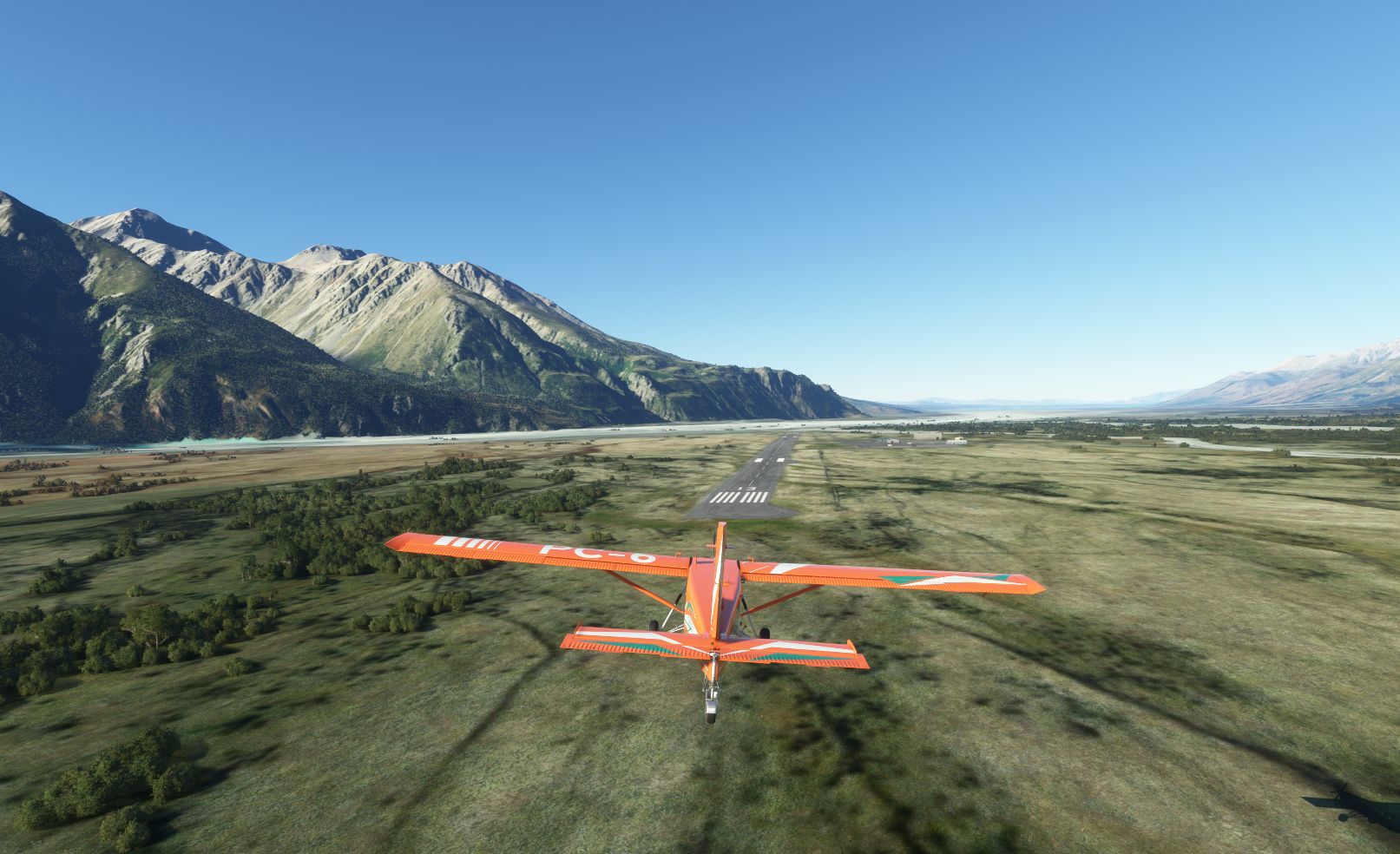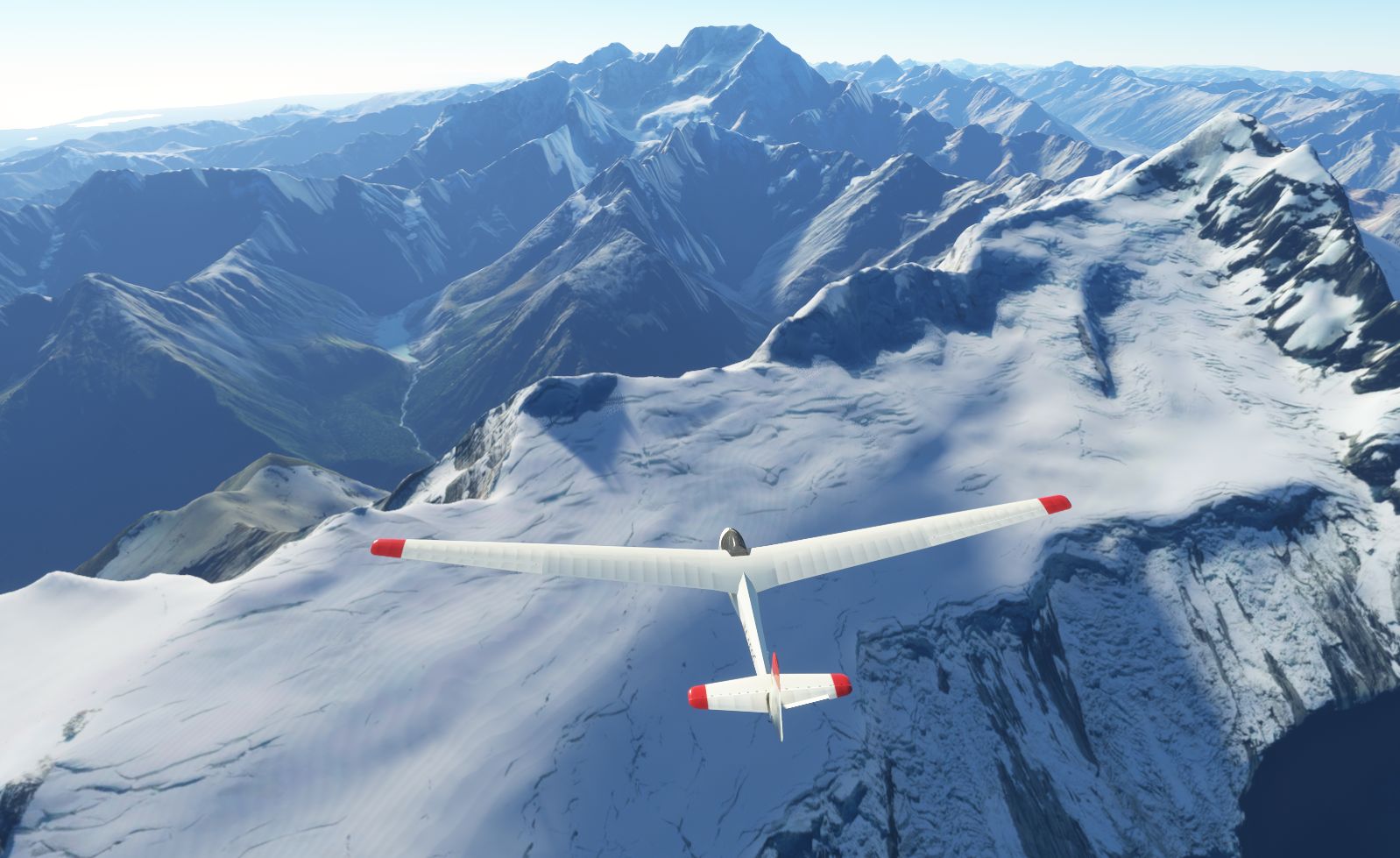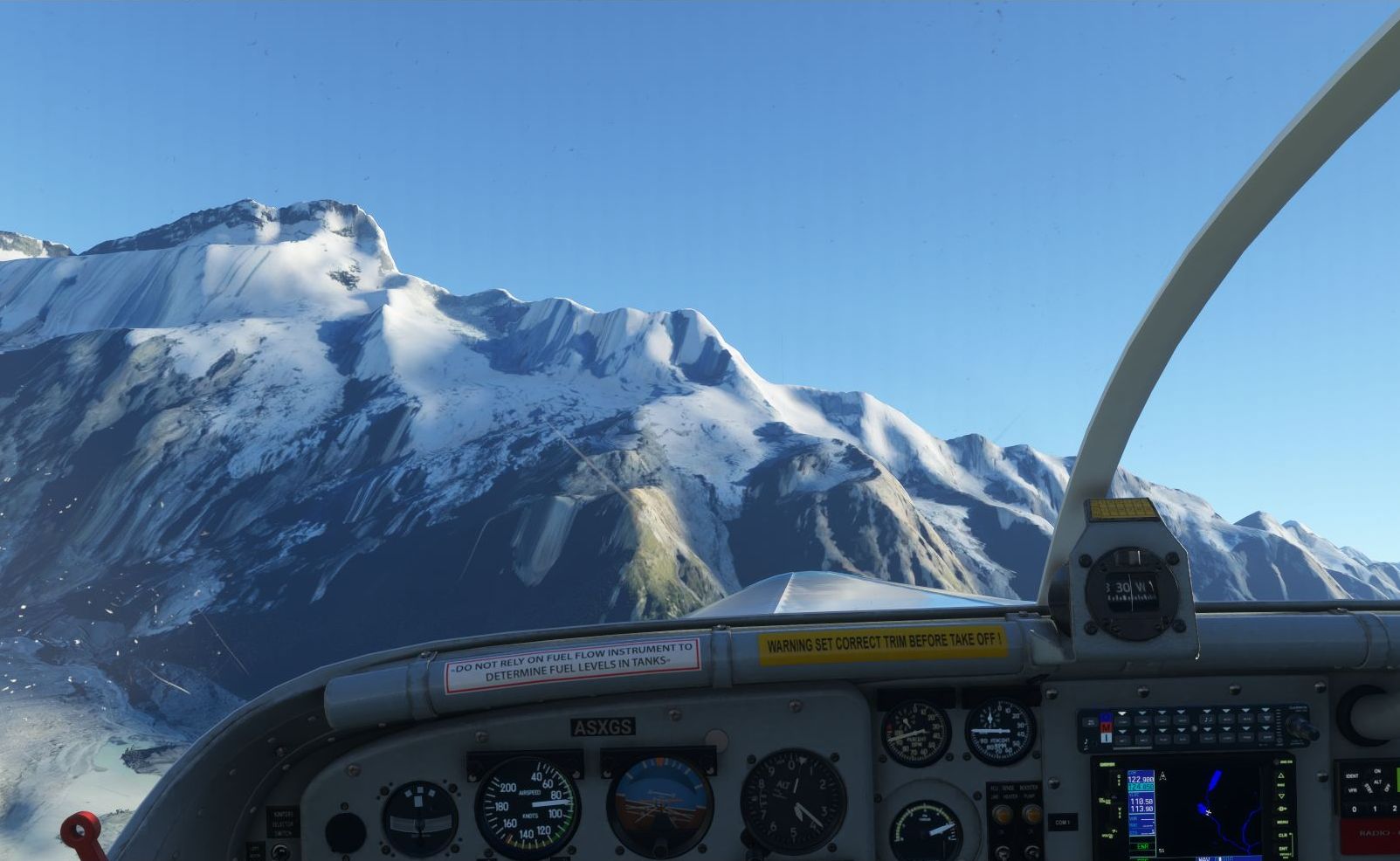
CAN in Simulation
A novel approach

A novel approach

Simulators benefit from CAN

A proven protocol
CAN in Simulation (CiS) is a technology that enables the integration of a Controller Area Network (CAN) bus system with a Flight Simulator running on a PC. This is achieved through the use of a hardware component called the CAN-USB Interface, which connects the CAN bus to the PC via a USB port. The CAN-USB Interface is a HID device that does not require any additional drivers. It converts CAN messages into a 15-byte report format, and vice versa.
Flight simulators such as MSFS2020, Prepar3D, FSX, and X-Plane can benefit from the AxisAndOhs software, which is highly versatile and can directly interpret CiS messages.
In addition to the CAN-USB interface, there are several basic CAN bus devices available for connecting input and output components. CAN nodes or Electronic Control Units (ECUs) can be used to connect potentiometers, encoders, and switches as input components. On the output side, there are devices that enable connection to alphanumeric or graphical displays, indicators, or actuators.
These CAN bus devices offer a flexible and modular approach for integrating a wide range of components with the Flight Simulator. By using these devices, it is possible to create custom solutions tailored to specific needs and requirements. Whether you need to operate a complete flight deck, navigation equipment, or display information, there are CAN bus devices available to meet your needs. Alternatively, you can even build your own custom CAN bus devices. This can greatly enhance the realism and functionality of a Flight Simulator setup.
Controller Area Network (CAN) is a widely used communication protocol designed for reliable data exchange between electronic devices in applications like automotive, industrial, and aerospace systems.
CAN has been widely adopted due to its reliability and robustness. It is well-suited for real-time, fault-tolerant systems.
For more details on CAN, visit here.
CANAerospace is a standardized protocol designed for avionics systems that allows interoperability among different components in an aircraft.
CANAerospace uses the CAN bus technology, ensuring reliability and fault tolerance. The protocol simplifies system integration and reduces complexity in aerospace applications.
For more on CANaerospace, visit here.